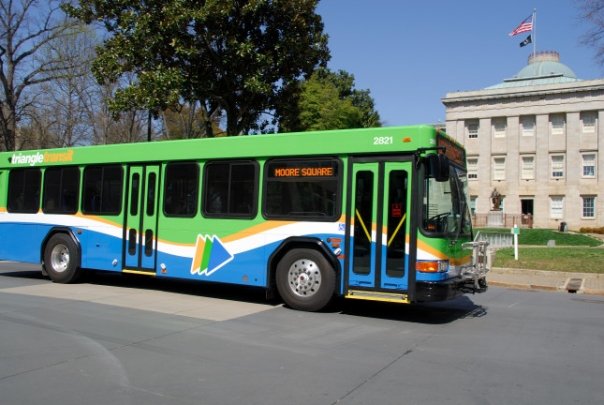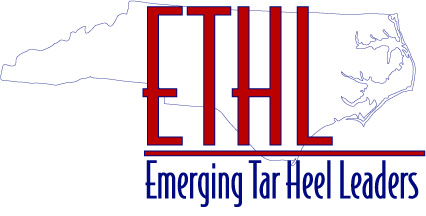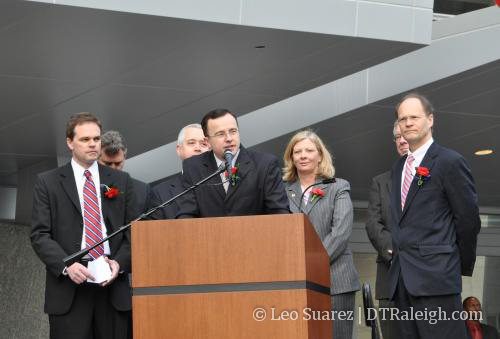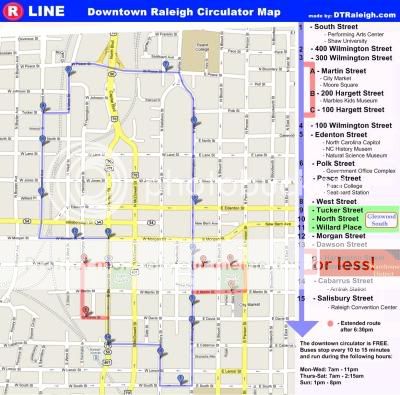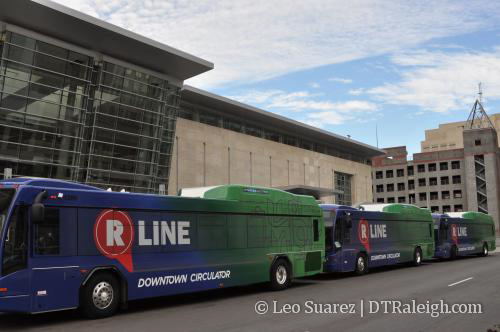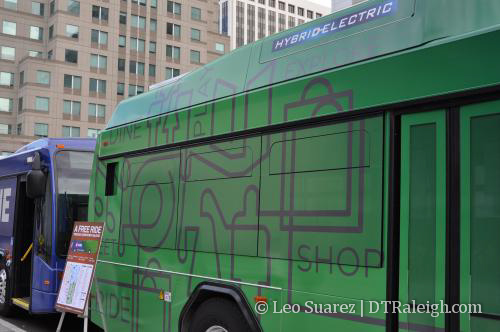There is an article on WRAL about the predicted population growth of the city. City Planner Mitchell Silver says that downtown should be the central hub of the region.
It’s about choices, and we believe we can capture some of those firms that want to be in an urban setting.
Mitchell Silver
The article also says that for downtown to become a destination it needs an outdoor concert venue, a sports arena, and a better transit system. I have no idea how the city is planning to accomplish this but while they plan it out we can discuss each point for downtown.
The city will have to lure new companies that are outside the typical tech sector that this area is known for. Software and web companies simply need space for cubes and offices but the more high tech companies that are out in RTP need to work in large campuses. They have labs, manufacturing, and other tech that will not work in a high-rise building. From what I can see, the triangle’s reputation as a tech hub does not lead to tall skyscrapers and density. Diversifying Raleigh’s workforce would be key in helping downtown land more companies and, for you skyline freaks, build taller structures.
The outdoor concert venue is planned for the block west of the convention center. The old warehouses were recently torn down to make room for the venue. I have actually changed my thoughts on this topic. I was originally against it because it will be a dead zone for most of the year. However, the large tent that will go here will not be permanent at all. This is actually a good way to use the space until a larger development comes along in the future or the convention center needs to expand. It is kind of a way to save some valuable space for the future.
The sports arena topic is a tough one. In my opinion, we would need another sports team or need to wait awhile for the Hurricanes fanbase to grow. There is no point in replacing the RBC Center so fast, we should wait until it really needs to be demolished. It is only six miles away from downtown, why can’t a clever transit system link the two together? A transit system would be needed IF we built one in downtown so either way, we need to think outside of our cars.
The transit topic is also a hot one. I do not think this is just something for downtown to become a destination but to link all of Raleigh and the triangle together. I’m not going to speculate much on this because of the upcoming Open House for the comprehensive plan. Let’s see what they have to say about this one.
I like to hear about things that are coming downtown that are open all of the time. Not 24 hours a day but things that are accessible almost every day. The Fayetteville St. revitalization or restaurants open seven days a week, right now, contribute so much to downtown and creating its character. An arena or concert venue are ‘planned occasion’ kind of places so they add to my weekends, maybe after work plans but do nothing for me while closed. I’d like to see more examples of ‘always open’ activities; some public art, an urban park on the Dix property, leave the capitol building open for public viewing would be great examples of things to do. I’d also like to see the Raleigh City Museum be open every day with extended hours. I’m sure funding is an issue currently but it could use a little facelift in the near future, especially since the visitor’s center is located here too.
Any thoughts?
